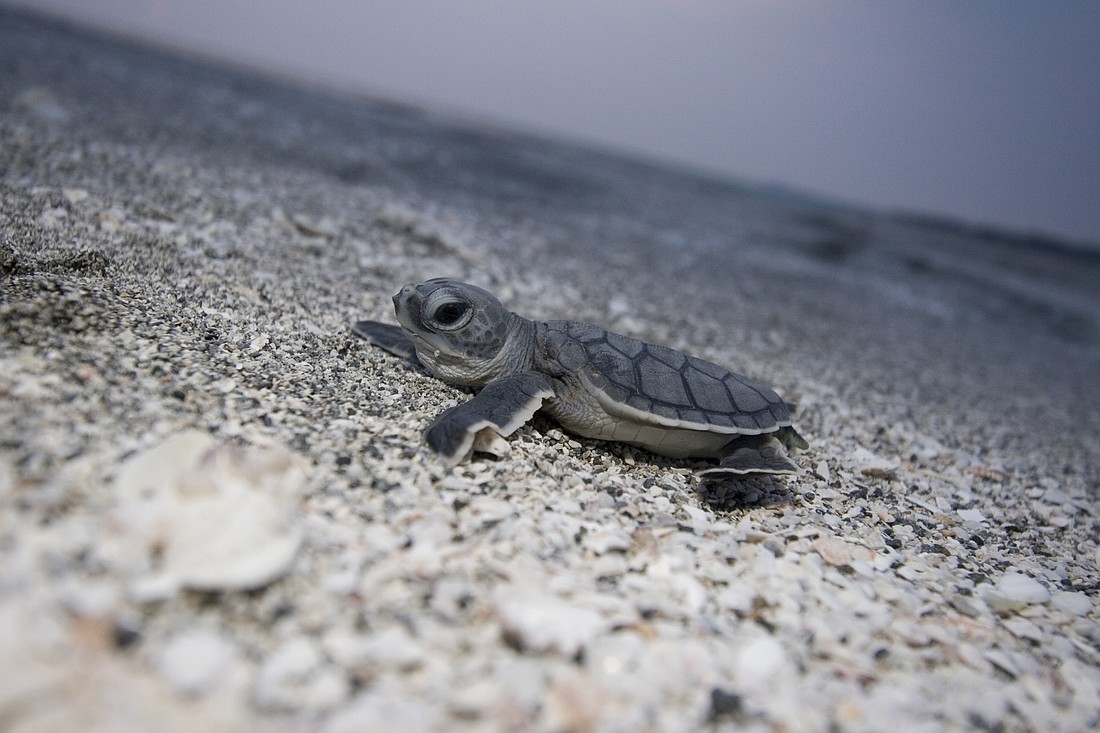- November 24, 2024
-
-
Loading

Loading

People come to Siesta Beach from all over the world to experience the powdery sand. It’s made of quartz and stays cool to the touch despite the summer sun, and has helped the beach gain worldwide recognition.
Sea turtles, on the other hand, seem to hate the place. Siesta Beach consistently sees low numbers of turtle nests during nesting season, which officially began May 1 and runs through October. Instead, they flock to — what else? — Turtle Beach.
Typically, of the 600 or so nests that are laid on Siesta Key, only 100 or 150 are found on the north end.
“For whatever reason the turtles like the coarser grain, heavier slope,” said Melissa Bernhard, a senior biologist with Mote Marine Laboratory’s Sea Turtle Conservation and Research Program. “Something about that is happier for the turtles.”
The two habitats within one island are what make Siesta stand out in Mote’s coverage area, which spans from Longboat Key to Venice. Siesta Beach’s quartz sand is very different from the dark, coarse sand on Turtle Beach.
According to Bernhard, the few nests that are laid on the north end of Siesta Key are prone to water damage, because the sand is more densely packed and holds water better. On the south end, it’s a different story.
“They tend to do better as far as water damage, and incubate faster because it’s a hotter sand,” Bernhard said.
Although turtles don’t love Siesta’s award-winning sand, it’s possible they also don’t love the traffic on the Key on holiday weekends.
Beachgoers are asked to take with them anything they bring to the beach — including trash, furniture and other belongings — to decrease the number of instances that turtles come out of the water, but turn around before making a nest.
However, Bernhard said, as Mote has worked with the city and county to educate people about how to help keep turtles comfortable on the beaches, numbers have increased in places such as Lido Beach, but not Siesta Beach.
According to the most recent Mote data, no turtle nests have been located on Siesta Key since the season began May 1. Last year, a total of 636 nests were found on Siesta Key.